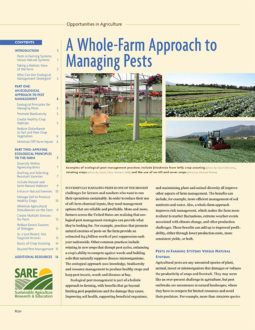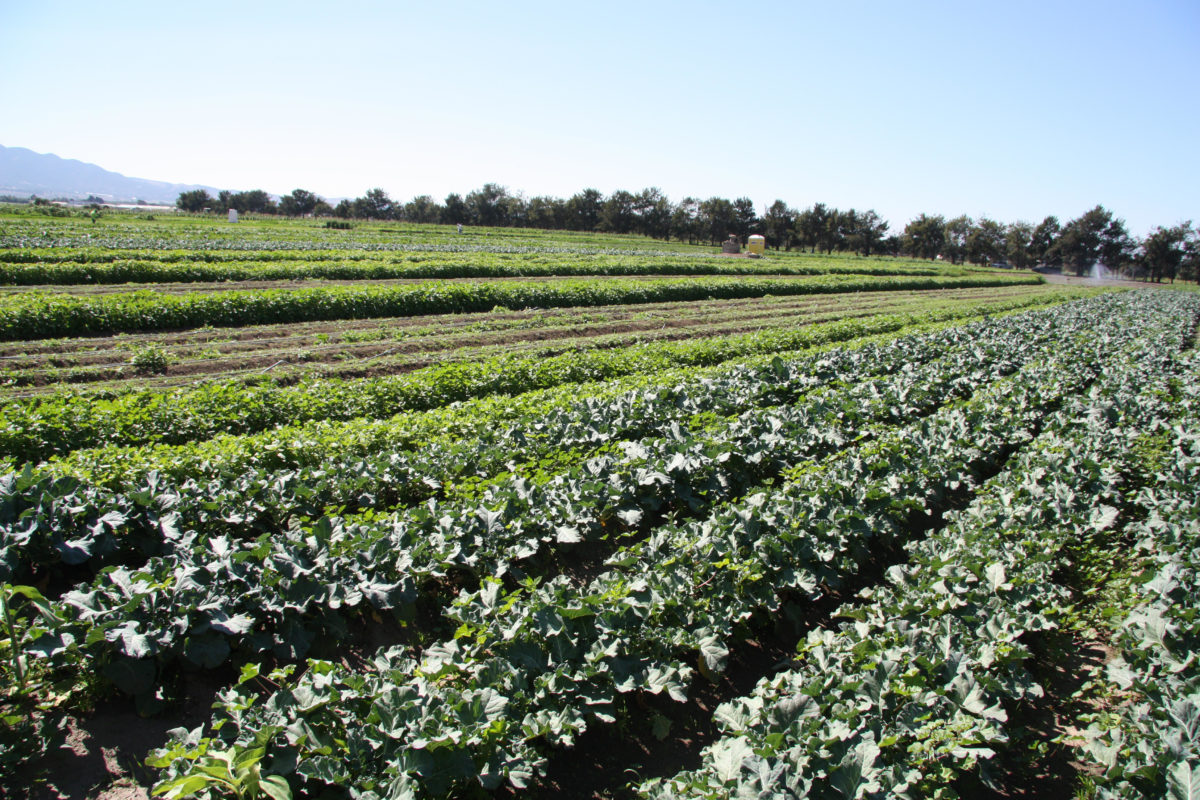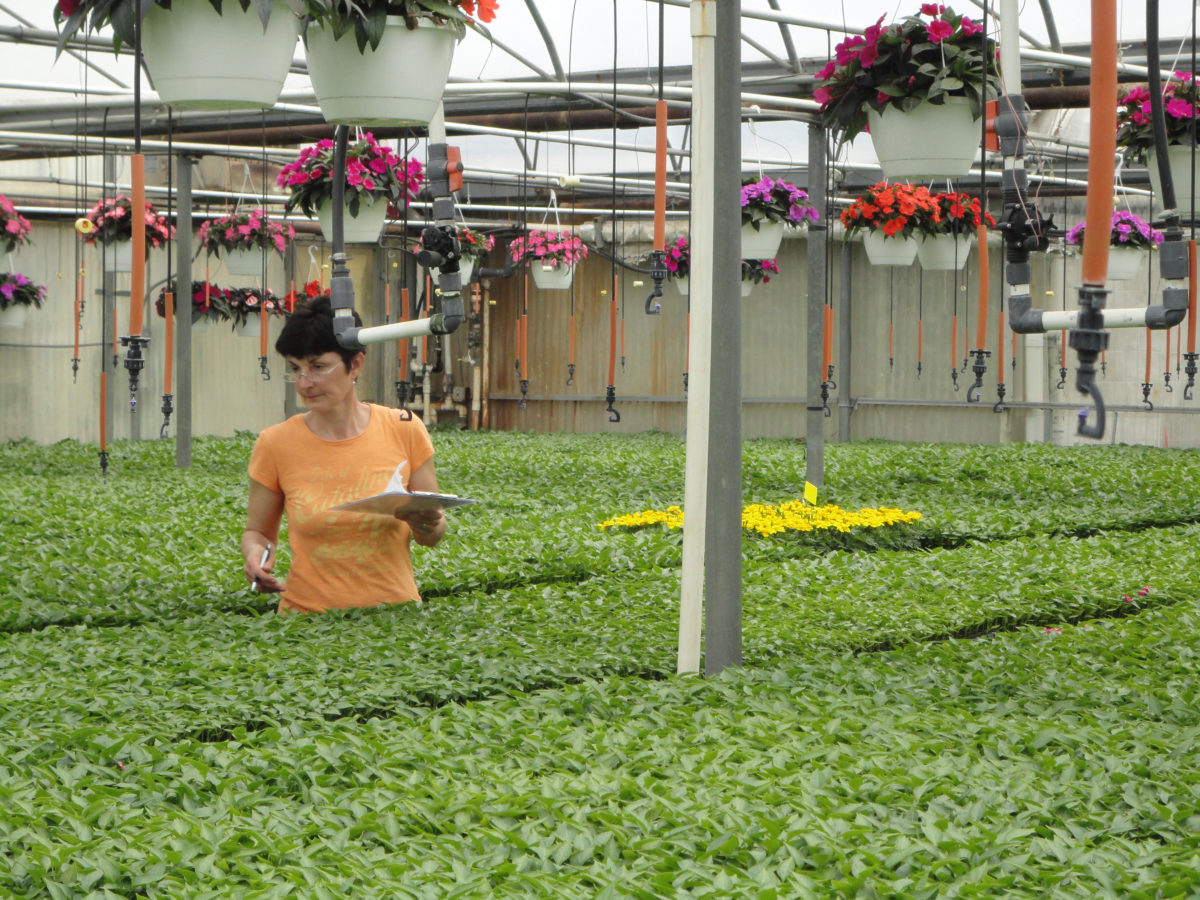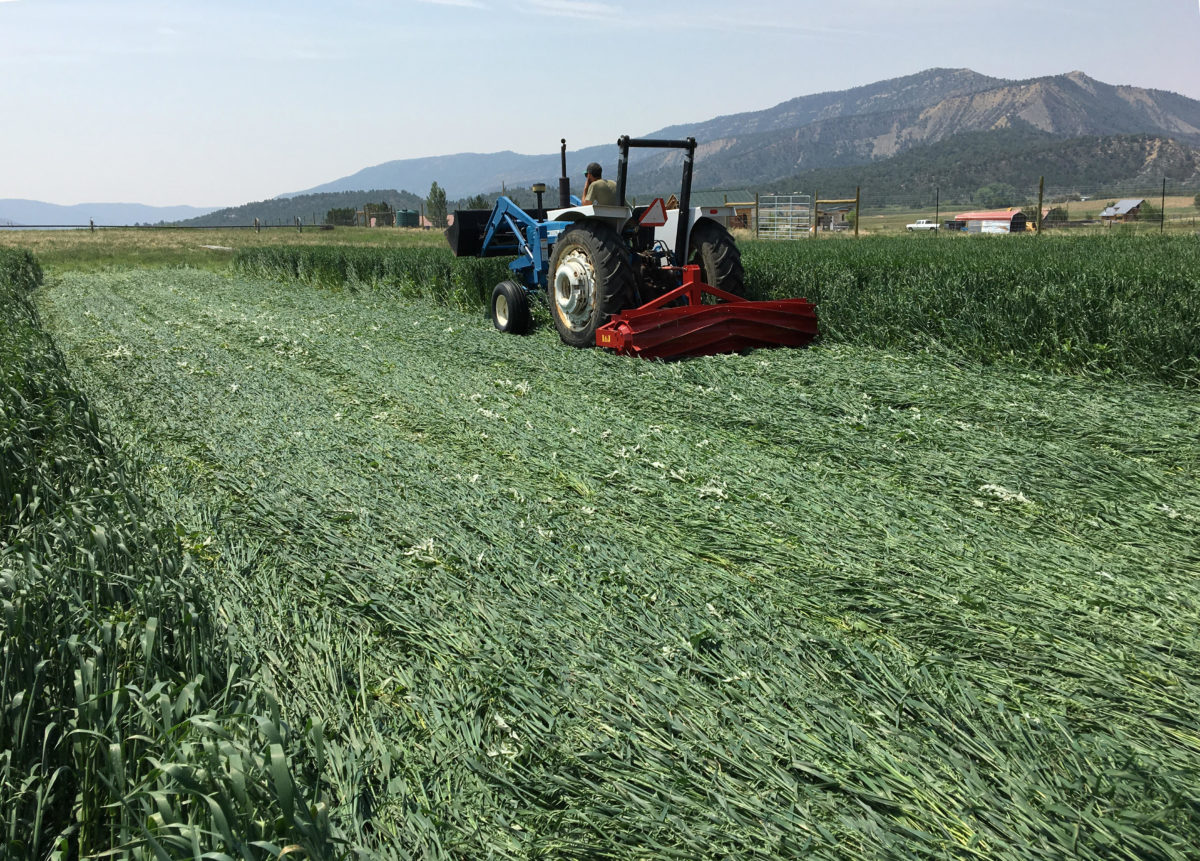Successfully managing pests is one of the biggest challenges for farmers and ranchers who want to run their operations sustainably. In order to reduce their use of off-farm chemical inputs, they need management options that are reliable and profitable. More and more, farmers across the United States are realizing that ecological pest management strategies can provide what they’re looking for. For example, practices that promote natural enemies of pests on the farm provide an estimated $4.5 billion worth of pest suppression each year nationwide. Other common practices include rotating in new crops that disrupt pest cycles, enhancing a crop’s ability to compete against weeds and building soils that naturally suppress disease microorganisms. The ecological approach uses knowledge, biodiversity and resource management to produce healthy crops and keep pest insects, weeds and diseases at bay.
Ecological pest management is part of a holistic approach to farming, with benefits that go beyond limiting pest populations and the damage they cause. Improving soil health, supporting beneficial organisms, and maintaining plant and animal diversity all improve other aspects of farm management. The benefits can include, for example, more efficient management of soil nutrients and water. Also, a whole-farm approach improves risk management, which makes the farm more resilient to market fluctuations, extreme weather events associated with climate change, and other production challenges. These benefits can add up to improved profitability, either through lower production costs, more consistent yields, or both.

Rotating crops (photo by Stacie Clary, Western SARE) 
Crop scouting (photo by Carol Glenister) 
Using cover crops and no-till (photo by Michael Nolan)
Pests in Farming Systems Versus Natural Systems
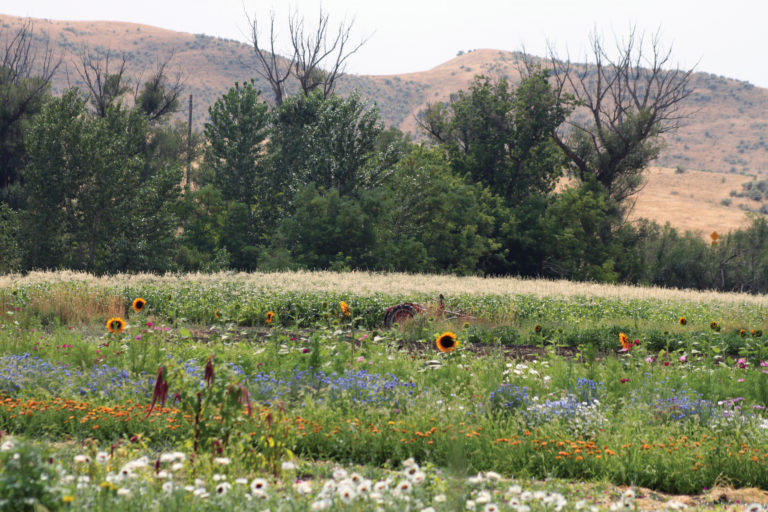
Agricultural pests are any unwanted species of plant, animal, insect or microorganism that damages or reduces the productivity of crops and livestock. They may seem like an ever-present challenge in agriculture, but pest outbreaks are uncommon in natural landscapes, where they have to compete for limited resources and avoid their predators. For example, more than 100,000 species of plants, insects, nematodes and other organisms (most are microscopic) may live on a typical farm. But in any given year, only about a dozen species might reach pest status. If you manage your farm correctly, there could be far more beneficial species than pests, and these beneficial species provide important ecosystem services, or benefits gained from biodiversity. The ecosystem services that beneficial species contribute to include nutrient cycling (by breaking down plant residues), crop pollination and pest regulation (by eating pests).
Think of pests as a symptom of ecological imbalances on your farm and in the surrounding landscape. In natural environments, pests do not typically reach threatening levels because they experience more competition and predation. In contrast, the management practices we use alter this balance and directly influence the likelihood of developing pest problems. Many agricultural systems are designed to maximize production of a few crop species. Excess tillage, over-fertilization, monoculture cropping and routine pesticide sprays are common examples of practices that disturb ecological processes and create environments favorable to pests. At the same time, these practices reduce biodiversity, meaning fewer beneficial organisms such as natural predators and parasitoids are around to keep pests in check compared to natural systems.
Taking a Holistic View of the Farm
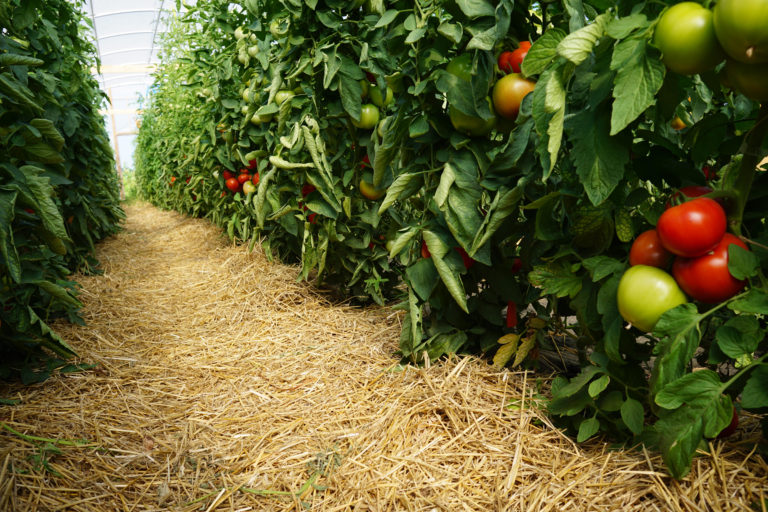
Ecological pest management goes beyond attempts to manage individual pests. Instead, the whole farm is managed to create environments that crops and livestock can thrive in. This systems-level approach considers the impacts of management decisions not only on your cash crops and their pests, but across the whole farm. This is a more knowledge-intensive approach. Growers work to strengthen on-farm ecosystem services by combining good agricultural practices with crop production needs. The goal is to focus on sustainable, proactive and preventive strategies that create healthy crop environments, rather than to rely on reactive, input-based controls that degrade the environment and promote pests in the long term.
Regular field scouting and record-keeping are integral to developing a holistic approach to farm or ranch management. Correctly identify and develop working knowledge of the pests and beneficials present in your fields and surrounding region, then use this knowledge to assess the pests’ potential to damage your crops. Use an integrated set of strategies that includes cultural (planting dates, plant diversity, proper irrigation), biological (predators and parasitoids) and physical control (row covers, traps) methods, and use selective agrochemicals only as a last resort.
Who Can Use Ecological Management Strategies?
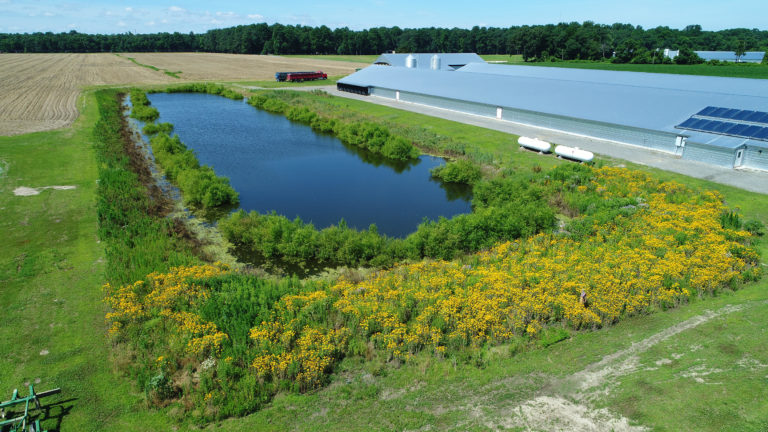
Managing pests with ecological strategies doesn’t mean giving up farming the way you know it. Ecological strategies can supplement the unique pest management needs of your farm and provide benefits that go beyond pest management. Small adjustments like pushing back a planting date to avoid peak pest activity or including flowering species in hedgerows and conservation buffers can go a long way towards reducing your need for pesticides. Whether you work with row crops or specialty crops, there are ecological options you can use to rein in your pest problems.
Part One of this publication describes the principles that make up the foundation of ecological pest management. Part Two explains some of the most common ways to put these principles to work on your farm or ranch.
Project Highlights
The “Project Highlights” boxes throughout this publication provide examples of SARE-supported farmers and researchers who have successfully used ecological principles to manage important pests in different cropping systems. For complete information on a project, visit our database of project reports and search by each project number listed in parentheses.
